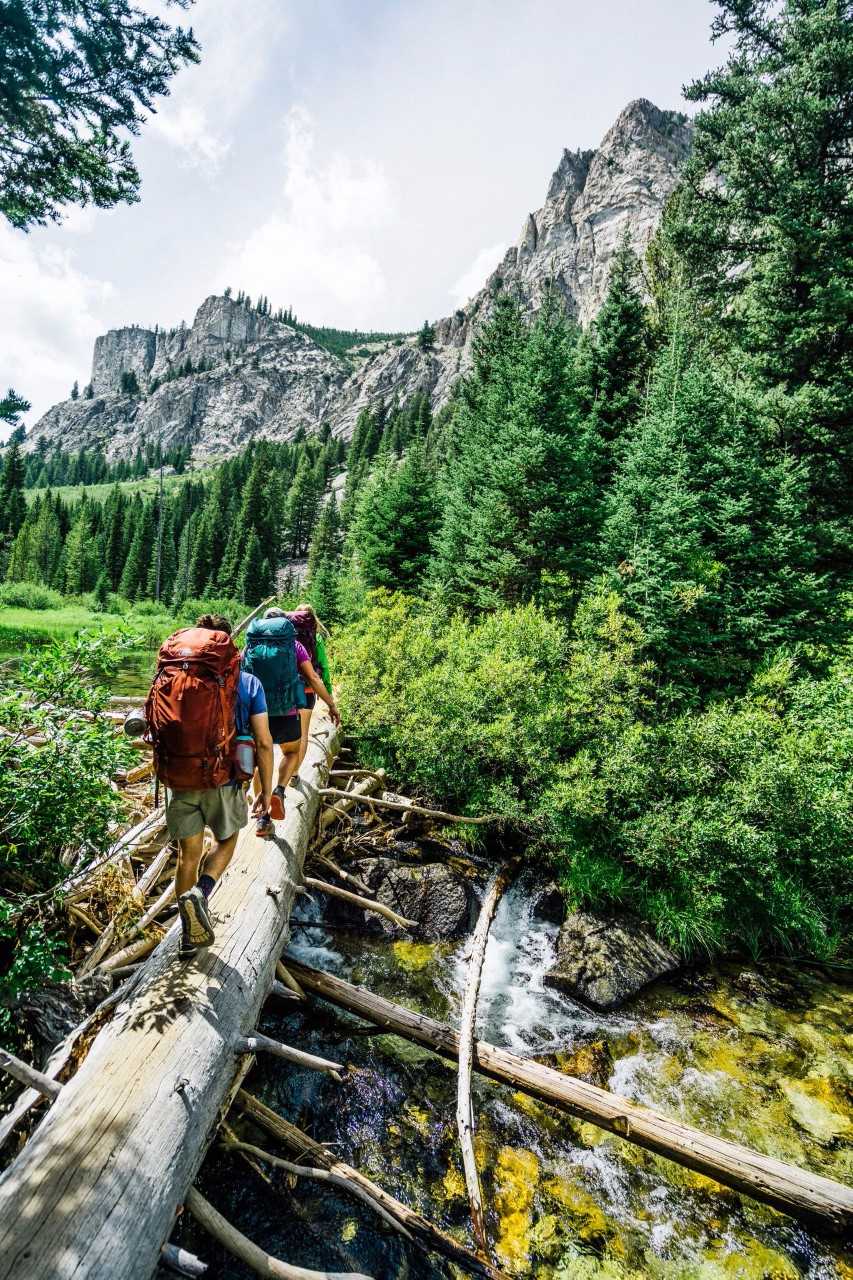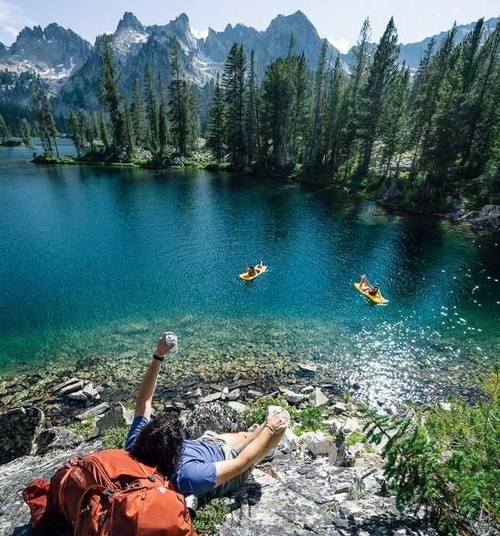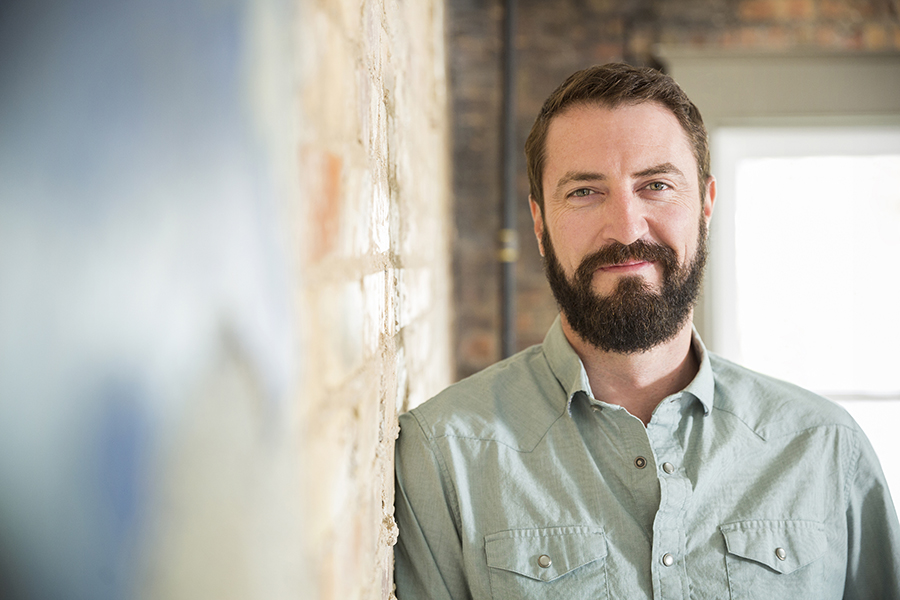We sat down with Sears to talk about Gregory’s international appeal, what’s new for Spring 2018 and why “big backpacks are not dead at all.”
Writer: Carly Terwilliger Gregory VP of Design and Development John Sears has been with the brand for over 15 years, and according to him it “feels more independent now than it has in ten years.” That’s thanks in part to the acquisition of Gregory by Samsonite, who bought it from Black Diamond Inc. in 2014. Since then, the outdoor equipment producer has benefited from a parent company that “is very lean and entrepreneurial,” said Sears. Gregory was also able to strengthen its position in the premium space since Samsonite also owns the lower-cost backpack brand High Sierra. Sears runs the product design and development shop in Salt Lake City, where the office it’s occupied for two years sits at the foot of Mt. Olympus. The proximity to trails is a boon for Sears and his team, who can take the prototypes out for a spin practically in their backyard. For Sears personally, the regional outdoor smorgasbord on offer includes mountain biking – at our meeting, he was lamenting the loss of his fall rides due to an early snow dump. But Sears insists it’s not personal interest that has Gregory upping its mountain bike game with new additions and updates for Spring 2018. “It’s a category that needs more innovation in the areas of comfort, fit and ride stability,” said Sears, so Gregory embraced the challenge. The Shift RS suspension system the brand introduced in Spring 2017 is back, but with a few tweaks. For example, the Endo and Avos packs now have an EVAP moisture-wicking suspended backpanel to allow for quick evaporation and cooler on-trail performance. But while mountain bike packs were a natural extension for Gregory, that doesn’t mean Sears feels the need to cater to every outdoor activity. “Trail running is a space I don’t think we should be in,” he said. “There are other companies that are already doing trail running really well.” On the other hand, subcategories like performance daypacks and lifestyle bags are thriving, especially in Asia. “Lifestyle can’t sell without the technical piece,” Sears explained, but that’s not a hindrance because “the technical business in Japan is so strong.” Gregory has a design office in Hong Kong, but the styles it’s selling in Asia are “the same as in the U.S.,” said Sears, although in Japan sales are “about 50 percent lifestyle.”Despite its lifestyle and daypack success, Gregory certainly isn’t forgetting its backpacking core. “Big backpacks are not dead at all,” Sears stated. “Anything that’s on a trail on someone’s back, that’s our core business,” and that includes 85-liter behemoths with a max carry of 60 pounds. The Baltoro, a Gregory legacy, is getting its biggest update in six years for Spring 2018. Its sister pack, the Deva, is another focus point for next year.
All styles for both packs now have dual barrel front zippered pockets instead of side pockets, and there’s plenty of room for newer, bigger phones in the enlarged weather-shielded hip pockets. Subtle patterns and new colorways add shelf appeal, along with thoughtful details like quick-stow storage for your shades and a full body U-zip opening, which add “organization that consumers were asking for,” said Sears.

 Photos courtesy Gregory
Photos courtesy Gregory











